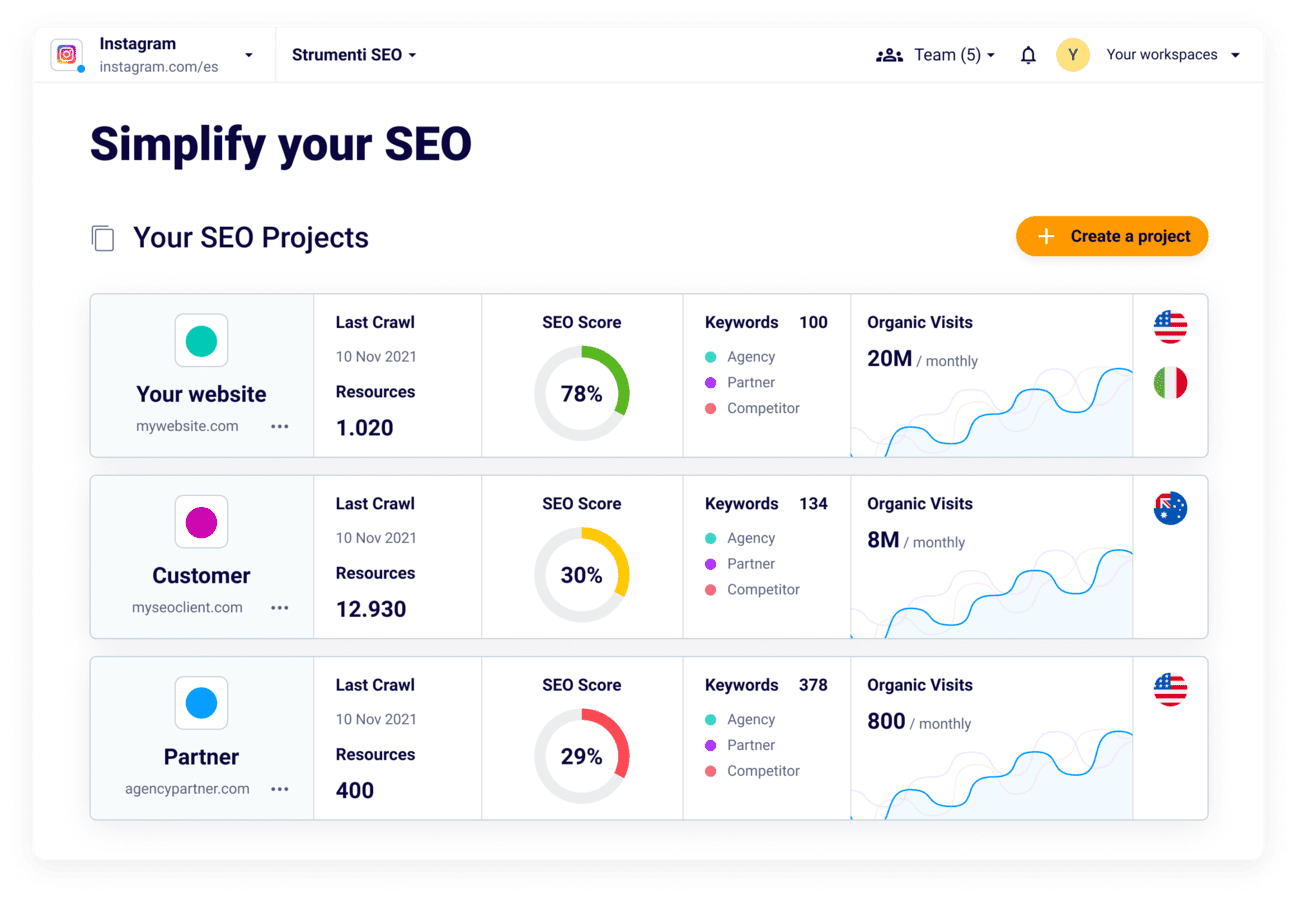Revealing the Unconventional Mediums in Google Analytics Beyond Default Setups
In the world of electronic analytics, Google Analytics stands as a foundation for companies seeking to understand their online visibility. By venturing past the surface area and delving into the intricacies of social media information, e-mail campaign efficiency, reference web traffic sources, straight web traffic patterns, and customized channel groups, a prize trove of details waits for those prepared to embrace an extra nuanced technique.

Leveraging Social Media Site Insights
Sometimes overlooked, yet profoundly important, is the technique of leveraging social media understandings within the world of Google Analytics. By integrating information from platforms like Facebook, Twitter, Instagram, and LinkedIn into Google Analytics, organizations can gain a much deeper understanding of their target market and the efficiency of their social media sites projects.
Through this combination, marketers can analyze and track user habits on their internet site that originates from social networks systems. They can recognize which social media channels are driving one of the most traffic, which web content is reverberating with the audience, and which campaigns are converting one of the most leads. This understanding permits data-driven decisions to enhance social media sites strategies and improve general advertising and marketing efficiency.
Furthermore, by combining social networks understandings with Google Analytics, services can develop extra targeted and personalized campaigns - what is not considered a default medium in google analytics. They can utilize group information, rate of interests, and on the internet habits gathered from social networks to refine their audience segmentation and deliver tailored messages that resonate with specific customer teams. This targeted approach can bring about greater involvement, raised conversions, and inevitably, enhanced roi
Discovering Email Campaign Performance
Revealing Email Campaign Performance entails evaluating crucial metrics and performance signs to examine the effectiveness of email advertising and marketing efforts. When delving into e-mail project performance, it is vital to assess metrics such as open rates, click-through rates, conversion prices, and unsubscribe prices. By analyzing these metrics, marketing professionals can adjust their e-mail campaigns for better interaction and efficiency.
Studying Referral Traffic Sources
After examining the efficiency of e-mail projects through essential metrics such as open rates and conversion rates, the following critical action is analyzing referral web traffic sources in Google Analytics to comprehend where web site site visitors are originating from and just how they connect with the website. Referral traffic sources refer to the websites that direct users to your site through clickable web links. By diving right into this information, businesses can gain insights right into which exterior systems are driving website traffic to their website, whether it be social media sites systems, partner sites, or on the internet directories.
Evaluating recommendation traffic can offer important information on the performance of outside marketing efforts and partnerships. It aids companies determine high-performing recommendation resources that contribute dramatically to internet site web traffic and conversions. By recognizing the habits of visitors coming from various recommendation sources, organizations can customize their marketing approaches to enhance engagement and conversions. Google Analytics supplies comprehensive records on recommendation traffic, enabling companies to track the efficiency of each referral resource accurately and make data-driven choices to enhance their on-line presence.
Discovering Direct Traffic Patterns
Checking out the straight website traffic patterns in Google Analytics gives valuable Check This Out insights into individual habits and the performance of projects - what is not considered a default medium in google analytics. Straight website traffic describes site visitors that land on a site by directly typing the URL into their browser, utilizing book markings, or clicking on untagged links. Understanding direct traffic patterns can help marketing professionals examine the effect of offline advertising efforts, brand recognition, and the effectiveness of word-of-mouth referrals
By diving into straight web traffic data, companies can uncover essential information concerning customer intent and brand name loyalty. Evaluating the behavior of straight site visitors, such as the pages they go to, the time invested on website, and the conversion rate, can provide a much deeper understanding of customer interaction and the overall performance of the internet site in transforming visitors right into clients.
Furthermore, tracking direct website traffic patterns gradually allows businesses to recognize patterns, seasonality effects, and the success of details campaigns or promotions in driving straight check outs. This information can after that be used to improve advertising techniques, maximize web site content, and boost the overall customer experience to make best use of conversions.
Using Custom Network Groupings
Utilizing custom-made channel collections in Google Analytics allows services to categorize and examine their website web traffic based upon particular standards, offering beneficial insights for maximizing marketing methods. Customized network groups allow firms to develop their own personalized groups of traffic resources, such as social media sites, organic search, email projects, and reference traffic. By defining these groups, businesses can acquire a deeper understanding of how different advertising and marketing channels add to their internet site traffic and conversions.
This function is especially valuable for businesses with diverse advertising approaches throughout various platforms. For example, a business running both paid and natural social media sites projects can differentiate between both to evaluate their private performance precisely. In addition, personalized network groups can aid recognize any kind of forgotten or underestimated traffic resources that might be driving beneficial involvement.
Verdict

By venturing beyond the surface area and delving into the details of social media data, e-mail project performance, recommendation website traffic sources, straight website traffic patterns, and customized network groups, a treasure trove of details waits for those prepared to welcome an extra nuanced method. They can determine which social media networks are driving the most traffic, which content is resonating with the target market, and which projects are transforming the most leads.After evaluating the performance of e-mail projects via key metrics such as open rates and conversion rates, the following critical step is evaluating recommendation website traffic resources in Google Analytics to recognize where website visitors are coming from and exactly how they engage with the website. Personalized network groups enable companies to create their own personalized collections of website traffic resources, such as social media, natural search, e-mail Related Site projects, and recommendation website traffic. By leveraging social media understandings, revealing e-mail project efficiency, assessing reference website traffic resources, discovering straight website traffic patterns, and making use of custom-made network collections, marketing professionals can get useful insights into their online presence.